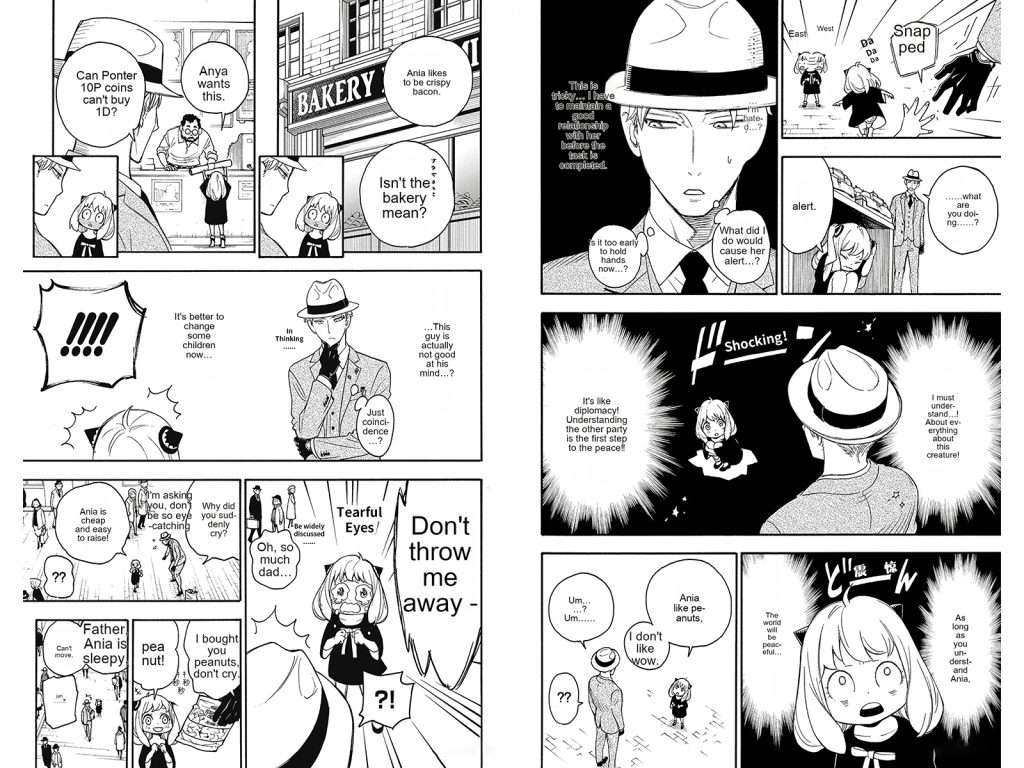Manga translation is a unique field that requires more than just language proficiency. Translating manga involves understanding cultural nuances, maintaining the original tone, and ensuring the translated text fits within the given space in the manga panels. In this article, we will explore the common challenges faced in manga translation and provide practical solutions. Additionally, we’ll highlight how AI Manga Translator can be a game-changer in this field.

The Complexity of Manga Translation
1. Cultural Nuances
One of the primary challenges in manga translation is capturing cultural nuances. Japanese culture is rich with idioms, honorifics, and context-specific expressions that often don’t have direct equivalents in other languages. For instance, honorifics like “san,” “kun,” and “chan” convey different levels of respect and familiarity.
Solution:
A deep understanding of both the source and target cultures is crucial. Translators should not only be proficient in the language but also well-versed in cultural contexts. Research and collaboration with cultural experts can aid in preserving these nuances.
2. Text Fitting
Manga panels have limited space for text, and Japanese characters can convey more information in fewer symbols compared to alphabetic scripts. This makes fitting the translated text within the existing speech bubbles a significant challenge.
Solution:
Concise translation is key. Translators should aim to convey the same meaning using fewer words. Tools that allow for text resizing and repositioning can also be useful. AI Manga Translator provides advanced tools to help fit text seamlessly within panels without losing context.
3. Maintaining Tone and Style
Each manga has a unique tone and style, whether it’s humorous, serious, or dramatic. Maintaining this tone in translation is essential to keep the original flavor intact.
Solution:
Understanding the author’s style and the overall tone of the manga is important. Translators should read multiple chapters or volumes to get a feel for the tone and style. Peer reviews and feedback from native speakers can also ensure consistency.
4. Localization vs. Literal Translation
Balancing between a literal translation and localization is tricky. While a literal translation sticks closely to the original text, it might not always make sense to the target audience. Localization, on the other hand, adapts the text to make it more relatable but risks altering the original meaning.
Solution:
A balanced approach is necessary. Translators should aim for a middle ground where the translated text is understandable and relatable while staying true to the original meaning. AI Manga Translator offers customizable settings to adjust the level of localization, ensuring a balance that suits the target audience.
The Role of AI Manga Translator
AI Manga Translator is an innovative tool designed to address these challenges effectively. Here’s how it stands out:
- Advanced AI Algorithms: AI Manga Translator uses cutting-edge AI to understand and translate manga with high accuracy, preserving cultural nuances and tone.
- Customization: Users can customize translations to balance between literal translation and localization.
- User-Friendly Interface: The intuitive interface makes it easy for both professionals and amateurs to translate manga efficiently.
- Efficient Text Fitting: The tool automatically adjusts text to fit within speech bubbles, maintaining readability and aesthetic appeal.
By leveraging AI technology, AI Manga Translator simplifies the manga translation process, ensuring high-quality translations that resonate with the target audience.
Conclusion
Manga translation is a complex task that goes beyond simple language conversion. It involves cultural sensitivity, text fitting, and tone maintenance. By understanding these challenges and using advanced tools like AI Manga Translator, translators can produce accurate and engaging translations. Whether you are a professional translator or a manga enthusiast, AI Manga Translator can help you overcome the common challenges in manga translation, providing a seamless and efficient translation experience.
For more information and to experience the benefits of AI Manga Translator, visit AI Manga Translator.
Tags: Manga Translator, Manga Translation, AI Manga Translator, Manga Localization, Translation Challenges